Today is the first day of the Jewish eight-day “Festival of Lights,” Hanukkah. That is an accurate statement because I send these daily music sets out early in the morning. But it is misleading because in accordance with the ancient Jewish calendar, “today” started last evening at sundown yesterday at the beginning of the 25th day of Kislev and the festivities associated with today have already happened on what Jewish people regard as the beginning of the first night of the eight day holiday festival. With regard to celebrating Hanukkah, the evenings are more important than the days because that is when most celebration takes place.
Like years, days are repeating cycles, and the time chosen to be observed as the beginning of a new cycle is arbitrary. For the most part we all agree to consider midnight to be the beginning of a new day. But why should an astronomical event that happens roughly halfway between sundown and sunset be considered to mark the turn of the wheel? In the lunisolar Babylonian calendar system, which the Jewish people adopted in a modified form, the end of most men’s workday and the beginning of leisure and rest time is reckoned as the beginning of a new day.
Confused? It doesn’t matter. Just enjoy the music.
Or, you can read a lot more about the history of Hanukkah in the following series of three essays that I posted here in Bill’s Midwinter Music in 2021:
Rebellion, rededication and an eight-day victory celebration: Hanukkah’s first origin story;
The origin of today’s celebration of Hanukkah; transformation for new times.
Playlist:
Happy Joyous Hanukkah The Indigo Girls 3:39
Candle Blessings Tania Opland and Mark Geisler 2:01
Ma’oz Tzur Rasma Bertz :55
Levivot (Kemach Kemach min Hasak) Doda Mollie (Mollie Wine) 1:36
Crazy Dreydl Alex Koffman with The Maxwell Street Klezmer Band 3:52
Elohai N’tzor Pink Martini 3:18
Music notes
Happy Joyous Hanukkah This song, with lyrics written in 1949 by the renowned American folksinger and songwriter Woody Guthrie, has become a very popular Hanukkah song. In 1942 Woody married Marjorie Mazia, a key dancer with the Martha Graham Company, and the couple moved to the immigrant neighbourhood of Coney Island in Brooklyn. There he became very close friends with his new mother-in-law the renowned Yiddish poet Aliza Greenblatt.
Because of his close relationship with Aliza and her friends in Jewish literary circles, and his awareness that his children with Marjorie (including Arlo) would be raised as Jews, Woody began to study their religion, history and culture. The book of 1 Maccabees in the Christian bible, with its stories of faith, loyalty and heroes who overcame oppression, especially appealed to him. You can read much more about Woody’s relationship to Judaism in an essay I wrote in 2021 for this Bill’s Midwinter Music series called The Jewish Side of Woody Guthrie.
Woody wrote and sang songs to entertain his children and step-children and their friends, and in the latter 1940s Woody began a new career as a children's entertainer. He recorded four successful albums of children's music for Moe Asche's Folkways Records, and in 1949 he and Moe began a fifth such project that was to feature songs that Woody had written for a Hanukkah concert. Moe recorded Guthrie singing two of those songs but the project was never completed.
Many years later, in 2003, Woody’s daughter Nora found the lyrics (but not the music) in Woody's papers for six more Hanukkah songs, including this one. She approached Lorin Sklamberg and Frank London of The Klezmatics to set them to music in a style that was true to Woody’s style. Guthrie’s lyrics for this one were set by Lorin and after an inaugural Hanukkah concert featuring their new compositions this is the song that instantly “went viral” in Jewish communities.
You can hear the Klezmatics version of it here, but this version is performed by the Indigo Girls, Emily Saliers and Amy Ray, and is from their 2010 album Holly Happy Days. They are still active and have been performing together now for almost 40 years.
Candle Blessings Hanukkah is only a minor holy festival for the Jewish people. Although its roots are indeed ancient, but it was given much more prominence in America beginning in the late 19th century as a counterweight to the attraction of celebrating Christmas. Its observation is not led by the rabbis: The holidays’ eight days are primarily home and community centred.
Hanukkah is primarily a secular festival but at its core is the lighting of candles (or oil lamps) on a special eight-branched menorah called a hanukiah each evening after sundown, and reciting, chanting or singing the associated prayers. This is Tania Opland and Mark Geisler’s rendition of the candle lighting blessings set to a traditional melody. It is from Tania’s self-published 2016 album Winter’s Time.
Ma’oz Tzur Reciting, chanting or singing Ma'oz Tsur concludes the candle-lighting ritual. It comes from a four-stanza Hebrew poem written by an anonymous 13th century poet, with two additional verses added about 300 years later.
The poem/prayer recounts four instances when God delivered the Jewish people from oppression. When it was first written the Third Crusade was in progress and Jews across Europe, especially along the route to the Holy Land, were suffering renewed persecution. The first verse about the rededication of the Temple (and sometimes also a fifth verse) became a standard addition to the household hanukiah-lighting ritual in central and Eastern Europe.
The most common melody to which Ma’oz Tzur is commonly sung is the same German folk-tune that is used for the Protestant hymn Rock of Ages. But this plainchant version was composed in 1724 by Italian composer Benedetto Marcello and is thought to have been one of the earliest melodic settings for the Hebrew poem/prayer. It is sung here by Rasma Bertz and is on her self-published 2010 album Winter’s Light. Rasma is a Salt Spring Island gal, but she moved to Wales where she earned MA in Archival Science and now works as an archival consultant (especially Welsh genealogy,) with side-gigs as photographer, artist, and craftsperson restoring old books and binding new handcrafted ones.
Levivot (Kemach Kemach min Hasak) Celebrating Hanukkah is at least as much about keeping the traditional Jewish traditions and culture alive as it is about the Jewish religion. Surveys show that Hanukkah is now by far the most widely-celebrated Jewish holiday, although Passover and Yom Kippur are much more religiously significant holy days.
Perhaps this is because Hanukkah is accompanied by so many enjoyable secular traditions. Or perhaps the fact that it is not an important religious holiday gives secular Jewish individuals and families more latitude to decide for themselves what the true meaning of the occasion is for them. I have a very poignant song about that by Alaska-based graphic designer Emily Kurn on my Sampler CD. I could not fit it into this 15 minute set but you can hear it here.
Among the traditions are distinctive holiday foods, and among the most popular of those are latkes. Levivot is the Hebrew word for latke (which is a Yiddish word.) A quick google search reveals many latke recipes that have little in common with each other except that they are deep-fried in oil. Many of them more resemble what I would call fritters, and some are covered with honey or sweet syrup.
The Hebrew words for this song are by the Israeli poet Levin Kipnis and the music is by Nahum Nardi. Levivot is sung here in Hebrew and English by Doda Mollie (Mollie Wine.) Mollie, who has a MA in Education, is a preschool music specialist at Wilshire Boulevard Temple, and a cantorial soloist at Adat Shalom in West Los Angeles. This is from her 2002 album Chanukah Pajamikah.
Crazy Dreydl For centuries, professional Jewish and Gypsy musicians travelled around Eastern Europe playing for weddings and other celebrations, picking up local dance rhythms and performance styles as they travelled. They were mostly poor men and Christian towns regulated all musicians’ activities specifying acceptable times and places of performance as well as how Jews and non-Jews could interact. For that and other reasons, such as the effect on families of their unsettled impecunious lifestyle, professional musicians did not have high status in society. But they developed the unique musical style that is now called klezmer.
In the late 19th and early 20th centuries, many Jewish refugees fleeing the pogroms of Eastern Europe arrived on America’s shores. Many klezmer musicians who came to the new world continued to play their traditional music, fusing it with jazz, the blues, Broadway songs and other North American musical styles, and adopting new instrumentation (especially, clarinets and brass instruments.) This introduced a klezmer renaissance to world music.
This tune is from a Hanukkah concert held in 2008 that featured Rabbi Joe Black and Chicago’s Maxwell Street Klezmer Band. Here the band performs a piece featuring their violinist and music director Alex Koffman, who wrote and arranged it. It is from their concert album Eight Nights of Joy.
Elohai N’tzor This was final song on my 2019 Hanukkah Music Sampler, and for reasons that I think are obvious it is also my final song here. It comes from an unexpected source; perhaps the most attractively-packaged Christmas album that I have ever seen - Pink Martini’s 2010 Joy to the World. Pink Martini describe themselves as “a little lounge orchestra” based in Portland, Oregon:
The text for this song are the closing words of the Amida prayer, set to music in 2000 by Danny Masong, and sung by the group’s soloist China Forbes with Art Shapiro and Ida Rae Cahana. It, along with the many other tracks on the album, shows that Pink Martini is capable of much more than lounge music.
Sampler-making recollections
This Hanukkah sampler was one of those early concepts for which I began reserving theme-appropriate songs and tunes in about 2002, and it was the one that took the longest to come to fruition.
Many Christmas albums include one or two Hanukkah songs, especially if one of the members of the group or back-up band is Jewish, as a nod towards the multi-culturalism of the holiday season. I had been coming across a lot of music that appealed to my ears that way, but it never seemed right for me to include those selections on what I was calling a Christmas Music Sampler. But once I began reserving appropriate songs for future Winter Solstice samplers it seemed only logical to also do so for a Hanukkah sampler as well.
As my candidate file began filling up with good selections I recognized that a Hanukkah sampler gave me a different challenge: How could I explain the historical and social context of this music as an outsider? For my Solstice samplers at least I could undertake my research as a person with an affinity for the music as what might be called a secular pagan “wanna-be.” But I have no affinity for being Jewish, nor did I even know anything about Hanukkah.
That led to a lot of research, which in turn, led to seeking out other examples of songs needed to fill gaps in the emerging outline for my liner notes. On the plus side, that meant that I collected even more really good Hanukkah music, and based on my research I have little doubt that the earliest forms for observing Hanukkah were descended from the Jewish people’s pre-Abrahamic ways of observing mid-winter, although they do not consider this time to be the beginning of the new year.
Also, I developed an appreciation for Hanukkah itself. Like both Solstice and Christmas, Hanukkah’s timing is as a midwinter festival and its core symbols are fire and light. That appreciation inspired me to buy two nature-themed tree of life hanukiahs and I now incorporate aspects of the Jewish candle-lighting ritual into my own observation of midwinter.
Structurally, my 2019 Hanukkah Sampler begins with four party-type celebratory songs that give a general introduction to it being an eight-day festival. Then I use a seasonal klezmer tune to transition to the Woody Guthrie ballad The Many and the Few which tells the origin story for the holiday festival. The next “movement” was reverent songs associated with the candle lighting ritual, then another klezmer tune transitioned to selections about traditional Hanukkah food and games. Dreidel spinning seems to inspire a lot of the holiday’s best music, so I included two songs and two tunes on that topic alone.
After that, I returned to two general celebratory songs (including this set’s opening song Happy Joyous Hanukkah) and closed the sampler with two songs on a more reflective note. I provided drafts of it to a couple of Jewish people I know and they did not call for any changes to better reflect the spirit of the occasion.
In retrospect I wish that I had not opened it with four “party songs” in a row because that does not reflect the range of styles of music to come. But still, I remain quite proud of the sampler, mainly because of its music but also because it was quite a stretch for me to pull off both its compilation and the liner notes.




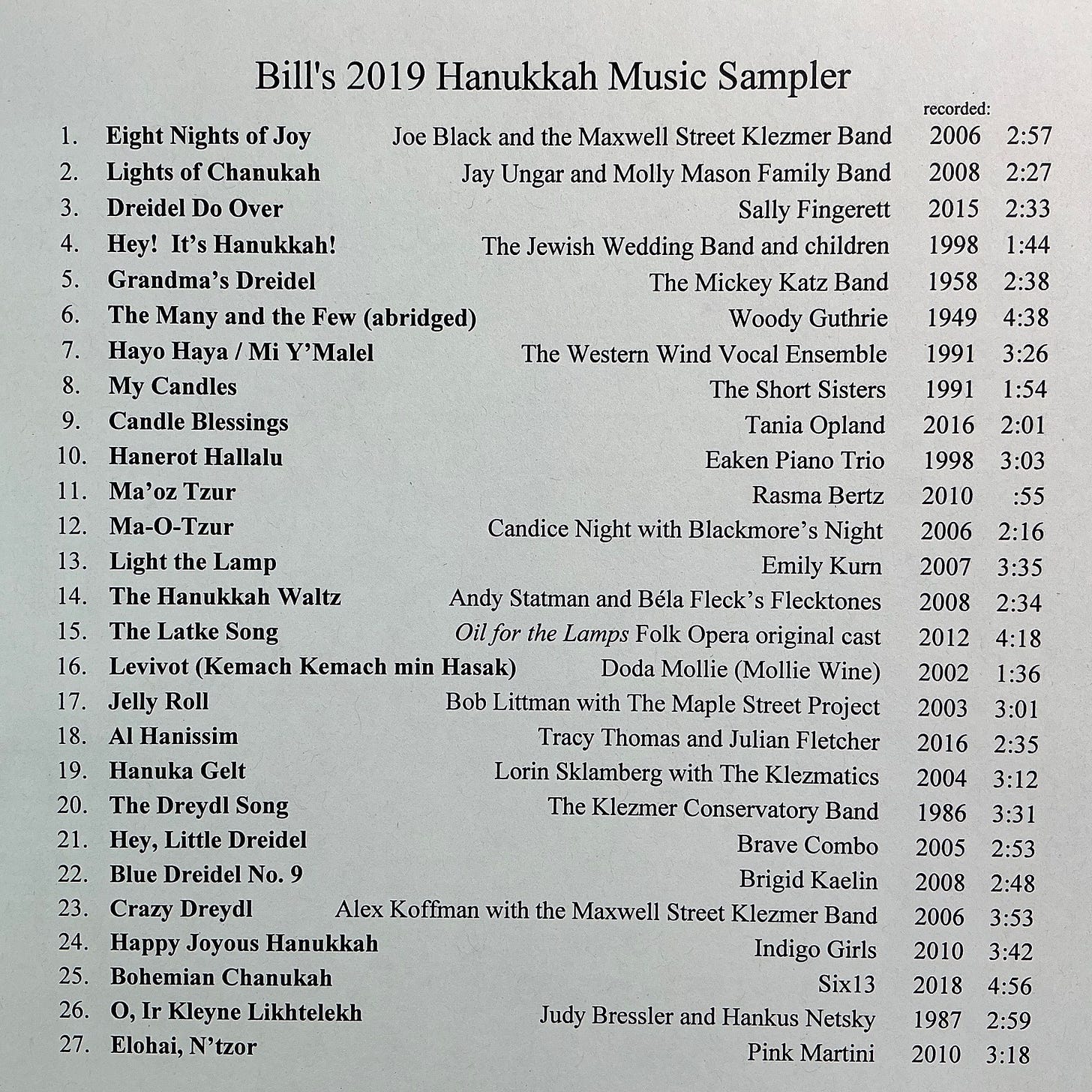

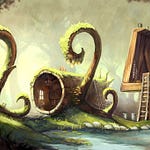
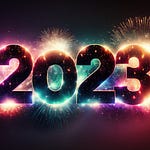

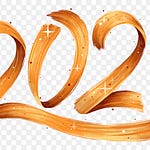

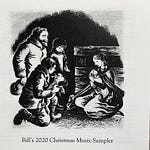

Share this post